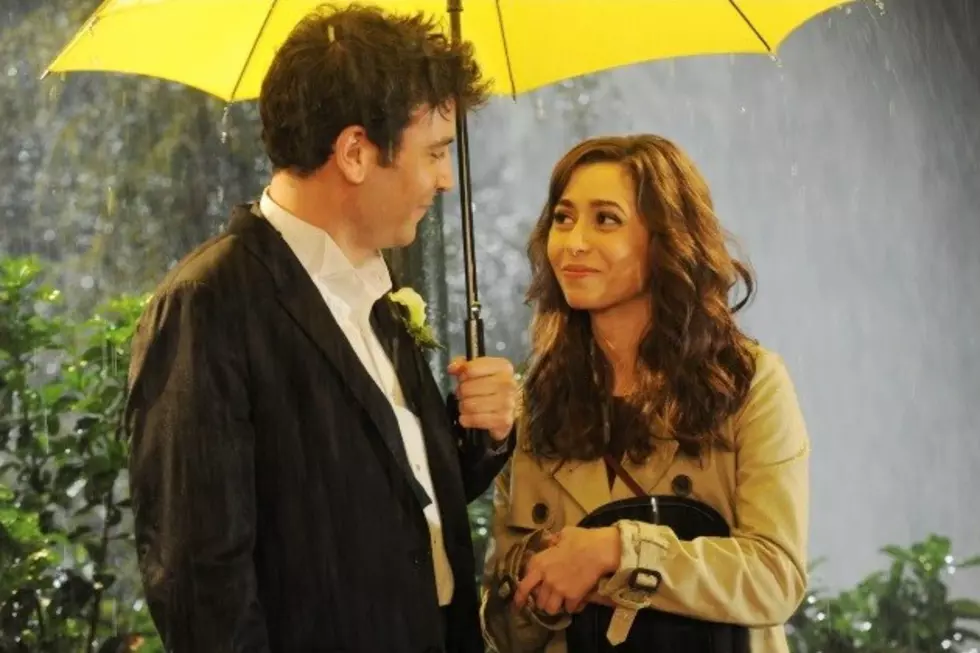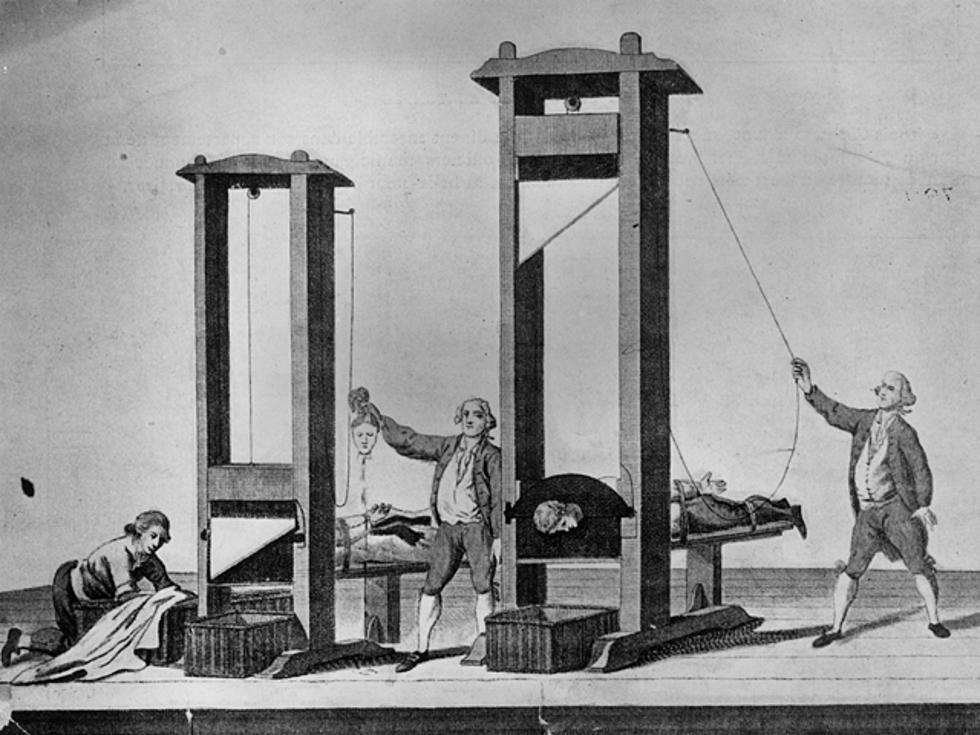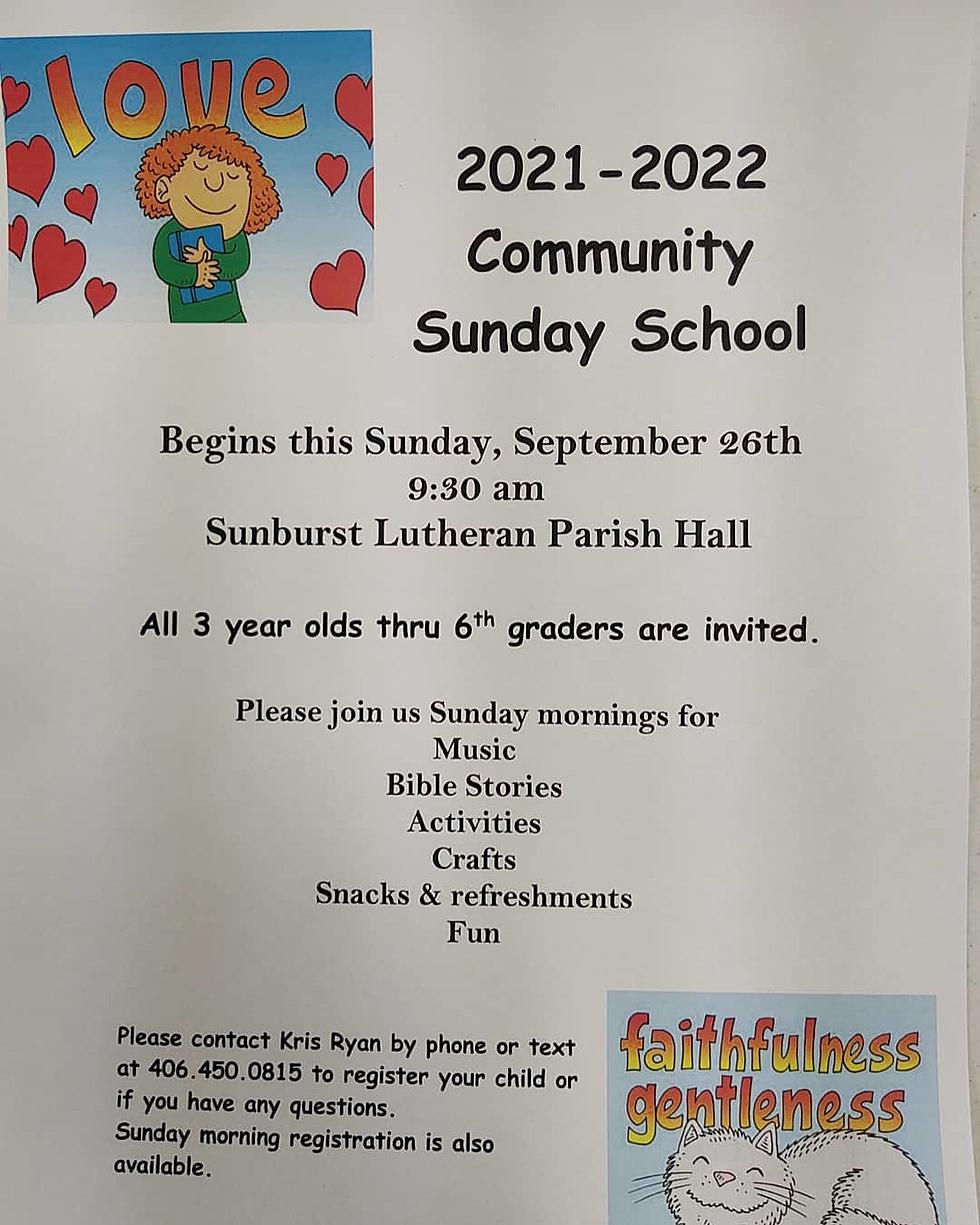
Bobcat Boom: MSU Welcomes Largest Freshman Class in University History
BOZEMAN – Montana State University is welcoming the largest incoming class in the university’s 128-year history, according to the campus’s fall headcount.
A total of 3,871 new, first-time students are attending MSU, including undergraduates, graduate students and Gallatin College MSU students. The prior record was set in 2016 at 3,459.
Those new students contribute to an overall enrollment of 16,841, the second largest in MSU history and a 4% increase over last fall. MSU’s all-time enrollment record was set in 2018 at 16,902.
“I am honored and grateful that so many students have chosen Montana State,” said MSU President Waded Cruzado. “We know the power of higher education to transform lives, and the fact that so many students and their families trust MSU to help them toward their futures is a humbling reminder of our mission.”
The strong enrollment comes as MSU returned to in-person classes this fall after a year of adjusted course offerings due to the COVID-19 pandemic. Cruzado said the success is due not only to students’ dedication but also to the efforts of MSU employees.
“I think this is evidence of students and their families seeing the enormous benefit of an in-person education,” she said. “I’m very grateful for the hard work our faculty and staff have done to welcome our students back to campus this fall.”
In all, 14,668 undergraduates are taking courses at MSU this fall, which is up 3% over 2020’s figure. The university’s graduate student total set a new record of 2,173. That marks an 8% increase over the prior year and an increase of 15% in the past decade.
“Expanding access to high-quality graduate education is one of the goals in MSU’s strategic plan,” said Craig Ogilvie, dean of the Graduate School. “This record shows that more students seeking advanced degrees are recognizing the cutting-edge opportunities for research and creative activities available at MSU.”
Gallatin College MSU continued to grow. The college houses 16 career and technical workforce programs and Associate of Art and Associate of Science degree and transfer programs. Demand for Gallatin College courses has been so strong that six programs are completely full — the Associate of Arts/Associate of Science program, interior design, small business management, drafting, IT networking and phlebotomy. In addition, five programs continue to have waitlists: aviation, culinary arts, welding, medical assisting and CNC machining.
MSU saw year-to-year growth across all race and ethnicity self-identifications. American Indian/Alaska Native enrollment set a new record at 811 — a 7% increase over last fall and a 25% increase over five years. The number of African-American students also set a record at 273, up 15% since last fall, and new records were set for students identifying as Asian (674) and Hispanic/Latino (876). The number of Hawaiian/Pacific Islander students attending MSU also increased to 127. Students identifying as white increased 4%, while the number who chose not to identify with any race or ethnicity decreased slightly.
MSU’s academic colleges also reported strong enrollments, top among them the Jake Jabs College of Business, which saw a 15% increase over last year; the College of Nursing, which was up 10%; and the College of Arts and Architecture, which was up 5%.
Efforts to keep students in school and on track to graduation also remained effective. MSU’s retention rate, which tracks the percentage of first-time, full-time students coming back after their first year to continue their education, was 75.5%.
“Coming back for a second year of college is a significant predictor of future college success,” said Vice President for Student Success Chris Kearns. “The university works very hard with its myriad programs to help freshman succeed so that they feel prepared to return and complete their education.”
A total of 72% of new MSU undergraduates this fall are taking part in the Freshman 15 initiative, which aims to get students taking more credits per semester to help them not only graduate on time but also save money on tuition. Students do not pay for additional credits taken after the first 12 per semester. Among incoming students, seven out of 10 were enrolled in 15 or more credits. Since Freshman 15 began, the number of students taking part overall has doubled from roughly 1,300 to more than 2,600.
Also, according to the census figures, 53% of the study body were Montana residents, and MSU students accounted for 62% of the Montana University System Honor Scholarships awarded in the state. This is a four-year academic scholarship that provides high-achieving Montana students with full tuition at a state campus of their choosing.
The university’s graduation rates remained strong this fall. MSU’s four-year graduation rate was 34.1%, up from 24.8% five years ago. And the university’s six-year graduation rate — a measure commonly used by the federal government — was 54%, up from 52.9% five years earlier. In the prior academic year, MSU awarded 3,418 degrees, its second-largest number ever. Nearly 900 more students earned bachelor’s degrees last year compared to a decade ago, and the number of doctorates awarded in that time has almost doubled.
“Our faculty and staff have put forward tremendous effort to help more students stay in school and graduate. When students graduate in four years, they can save tens of thousands of dollars on their education and get a head start on their careers,” said Provost Bob Mokwa. “We’re so grateful to our faculty and staff for their dedication to our students and their families.”
“Getting students enrolled is only a start, and if we chose to stop there, we would not have done our job,” Cruzado said. “Instead, we choose every day to do the best we can to fulfill the promise of helping our students stay in college and earn their degrees.”
- From MSU News Service -
More From K96 FM









